Our History
1925
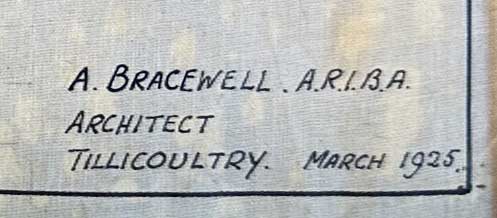
Our History
Arthur Bracewell establishes practice in Tillicoultry.
Arthur Bracewell establishes practice in Tillicoultry.
1926
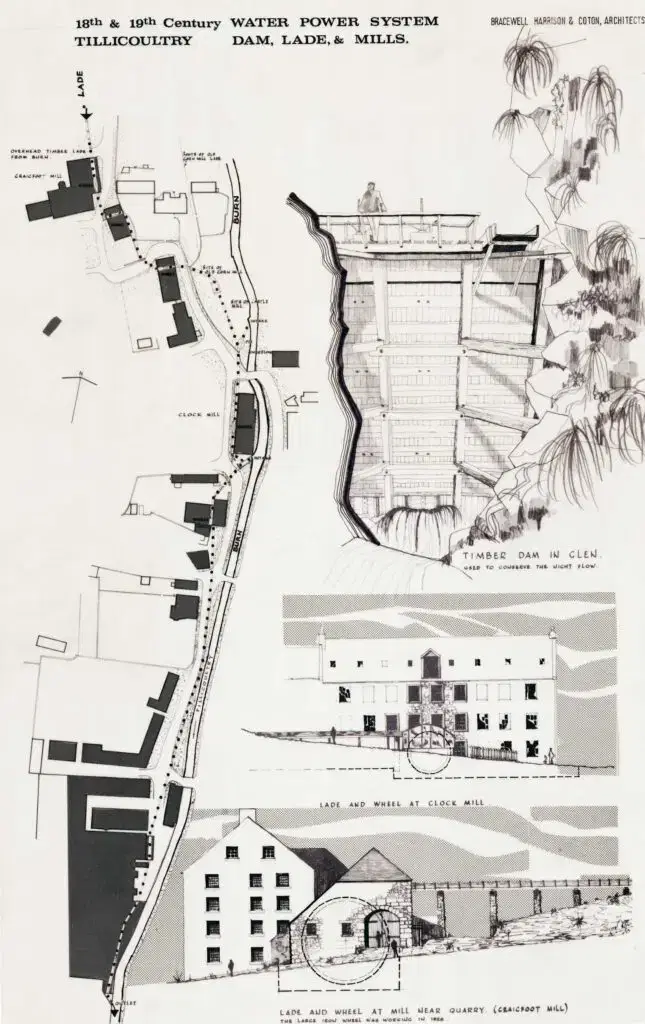
Our History
Mill Glen Footpaths & Access Bridges.
Mill Glen Footpaths & Access Bridges.
1928
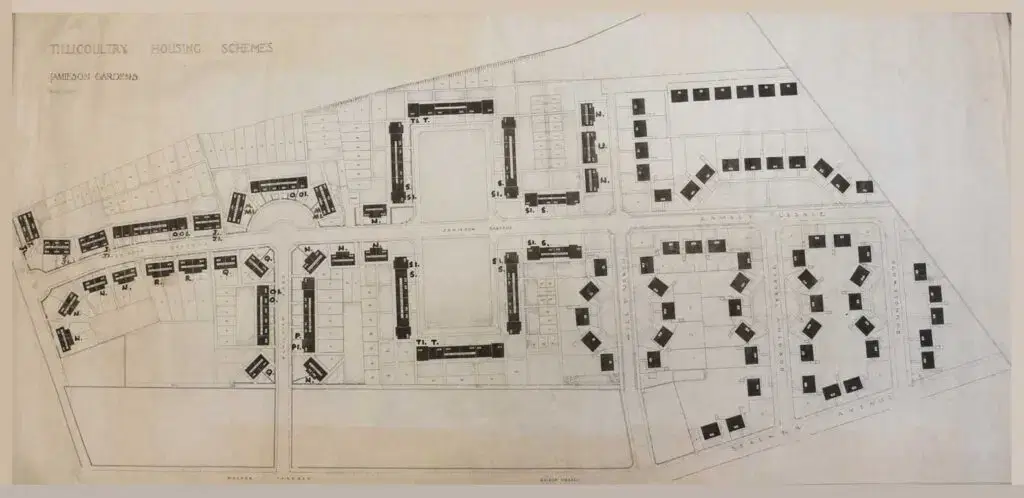
Our History
Garden Village Planning Begins: Bracewell begins work on an ambitious “garden suburb” masterplan near the Devonvale mills. His designs feature cottage-style workers’ homes, a community hall, landscaped recreation grounds, tennis courts, and bowling pavilions. These amenities reflect contemporary Garden City ideals and demonstrate the firm’s early commitment to healthy, socially integrated living environments. This village plan became the practice’s first major project and helped establish its long-term focus.
Garden Village Planning Begins: Bracewell begins work on an ambitious “garden suburb” masterplan near the Devonvale mills. His designs feature cottage-style workers’ homes, a community hall, landscaped recreation grounds, tennis courts, and bowling pavilions. These amenities reflect contemporary Garden City ideals and demonstrate the firm’s early commitment to healthy, socially integrated living environments. This village plan became the practice’s first major project and helped establish its long-term focus.
1931
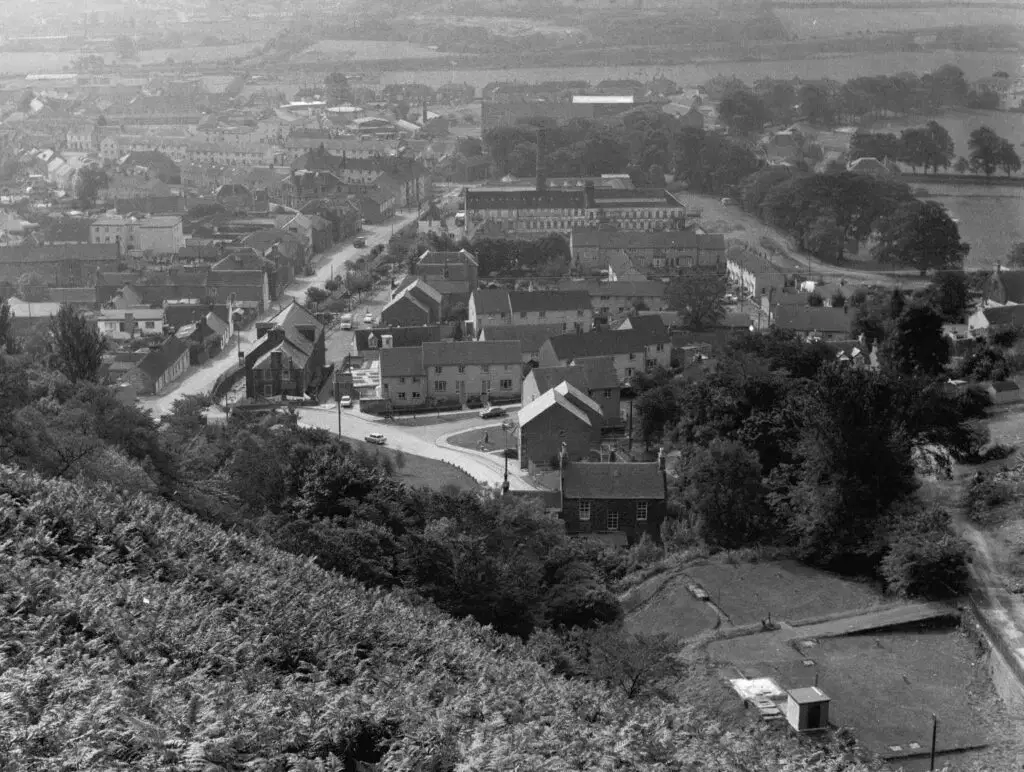
Our History
Garden City Council Housing, Tillicoultry.
Garden City Council Housing, Tillicoultry.
1937
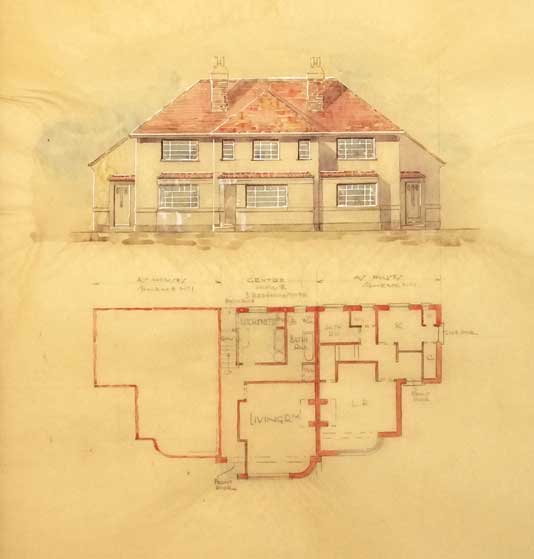
Our History
Housing, Moss Road, Tillicoultry.
Housing, Moss Road, Tillicoultry.
1939

Our History
Arthur Bracewell War Effort: during WW2 spent 3 days a week working for Harland Engineering which latterly became Weir Pumps.
Arthur Bracewell War Effort: during WW2 spent 3 days a week working for Harland Engineering which latterly became Weir Pumps.
1940
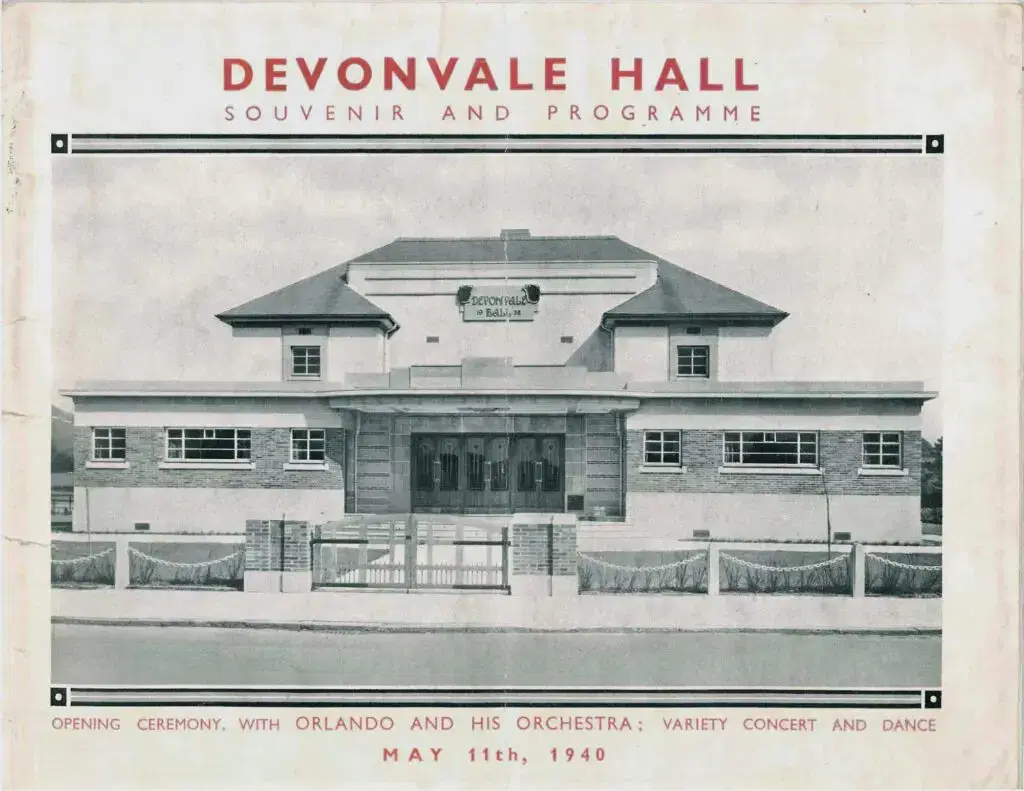
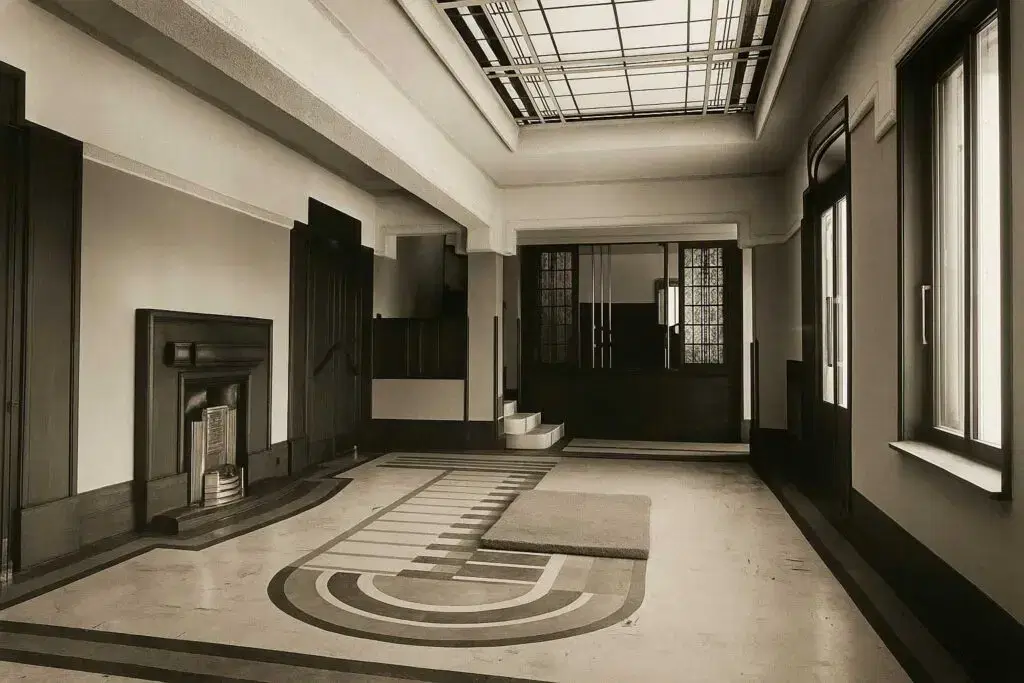
Our History
Devonvale Hall Completed: Arthur Bracewell designs Devonvale Hall in Tillicoultry as the social centrepiece of the mill village. The two-storey entertainment venue blends Art Deco and Neo-Georgian features and incorporates the Devonvale butterfly emblem in its facade.
Devonvale Hall Completed: Arthur Bracewell designs Devonvale Hall in Tillicoultry as the social centrepiece of the mill village. The two-storey entertainment venue blends Art Deco and Neo-Georgian features and incorporates the Devonvale butterfly emblem in its facade.
1946
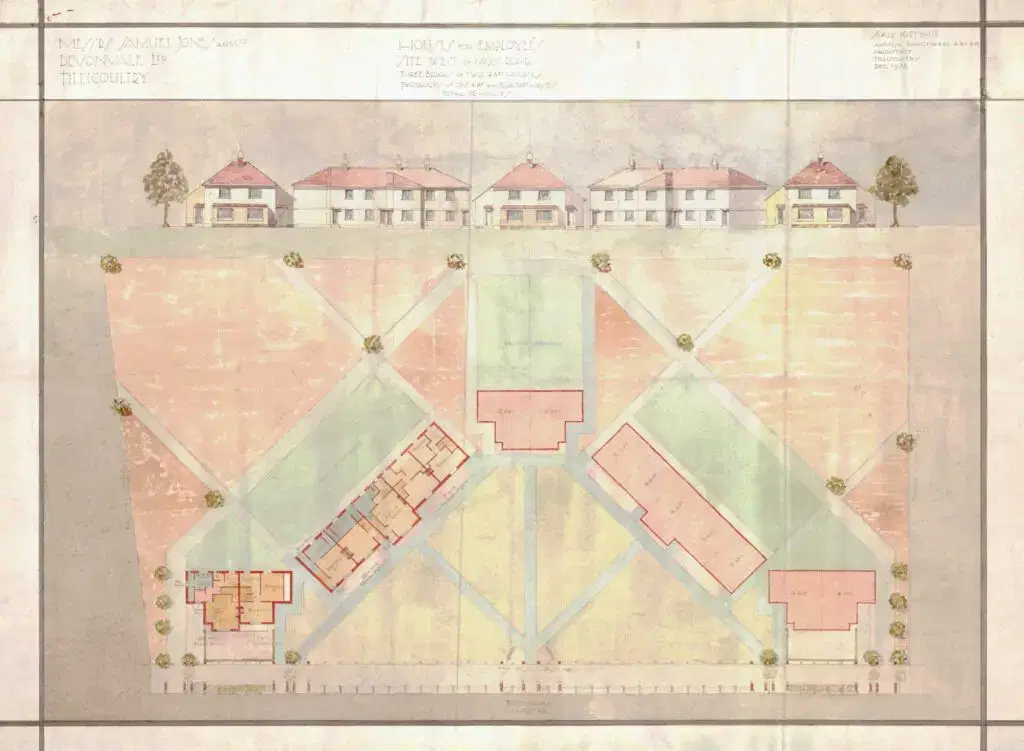
Our History
Devonvale Crescent completed: 2 back to back crescents of houses forming a built realisation of the butterfly, the Samuel Jones Mill Owners motif.
Devonvale Crescent completed: 2 back to back crescents of houses forming a built realisation of the butterfly, the Samuel Jones Mill Owners motif.
1947

Our History
Janet Bracewell Joins: Arthur Bracewell’s daughter Janet, who had studied at an architectural college and worked as a draughtswoman at Rolls Royce during the war, joined her father in the Tillicoultry office in 1947. This represented the first involvement of a second generation in the practice.
Janet Bracewell Joins: Arthur Bracewell’s daughter Janet, who had studied at an architectural college and worked as a draughtswoman at Rolls Royce during the war, joined her father in the Tillicoultry office in 1947. This represented the first involvement of a second generation in the practice.
1949
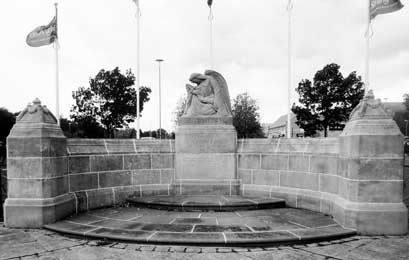
Our History
Devonvale War Memorial: Designed by sculptor C. O. Pilkington Jackson in collaboration with Arthur Bracewell, the memorial features stone gate piers and the Devonvale butterfly motif. Located at the entrance to Tillicoultry’s Recreation Ground, it honours mill workers lost in WWII.
Devonvale War Memorial: Designed by sculptor C. O. Pilkington Jackson in collaboration with Arthur Bracewell, the memorial features stone gate piers and the Devonvale butterfly motif. Located at the entrance to Tillicoultry’s Recreation Ground, it honours mill workers lost in WWII.
1950
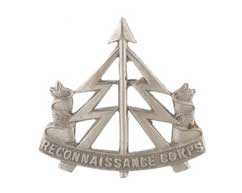
Our History
Bill Bracewell Qualifies: Arthur Geoffrey (“Bill”) Bracewell, son of the founder, completes his architectural diploma at the Glasgow School of Art, following wartime service in the Reconnaissance Corps in West Africa and Burma.
Bill Bracewell Qualifies: Arthur Geoffrey (“Bill”) Bracewell, son of the founder, completes his architectural diploma at the Glasgow School of Art, following wartime service in the Reconnaissance Corps in West Africa and Burma.
1952
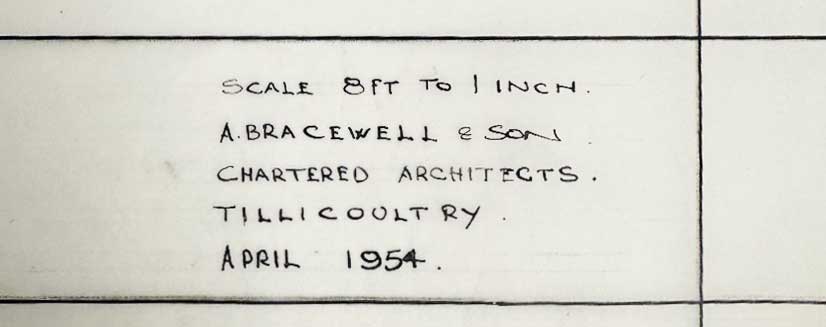
Our History
Founder’s Son Joins: Bill Bracewell formally joins the practice in 1952, at which point the firm is renamed Arthur Bracewell & Son, marking its first generational.
Founder’s Son Joins: Bill Bracewell formally joins the practice in 1952, at which point the firm is renamed Arthur Bracewell & Son, marking its first generational.
1953
Our History
Founder’s Death: Arthur Bracewell Sr. passes away in July 1953, aged 67. His son Bill assumes full control of the practice, ensuring a seamless continuation into its second generation.
Founder’s Death: Arthur Bracewell Sr. passes away in July 1953, aged 67. His son Bill assumes full control of the practice, ensuring a seamless continuation into its second generation.
1954
Our History
The Butterfly Inn, Tillicoultry: Bill Bracewell converts the former Devonvale Mill works canteen into a public inn, retaining the butterfly emblem as a symbolic architectural motif.
The Butterfly Inn, Tillicoultry: Bill Bracewell converts the former Devonvale Mill works canteen into a public inn, retaining the butterfly emblem as a symbolic architectural motif.
1955
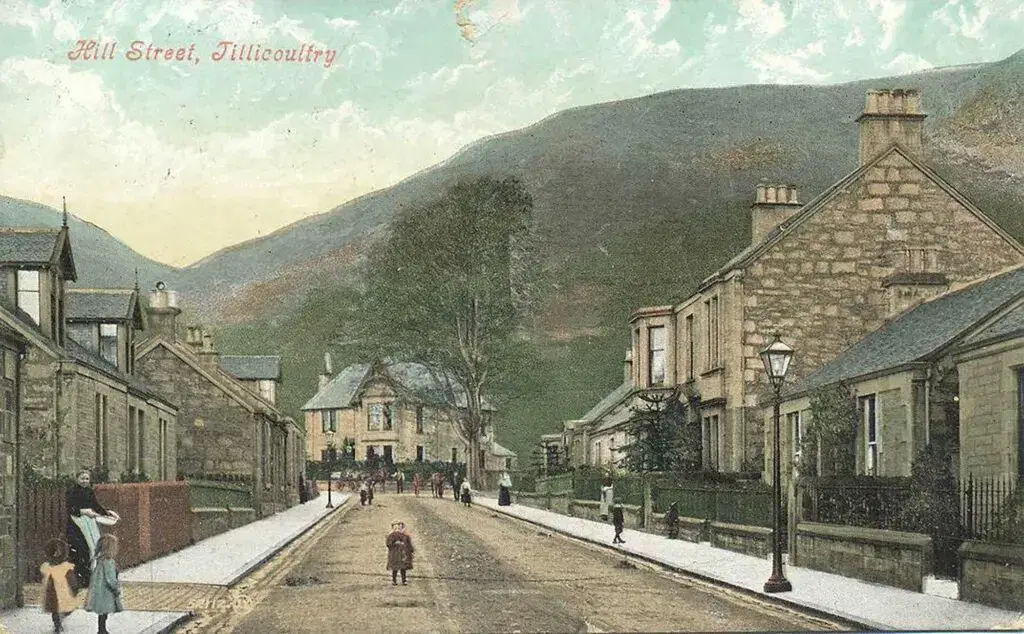
Our History
Office Relocation: The firm moves from its original base in the former Middleton Mill offices to 38 Walker Terrace, Tillicoultry, which would remain its headquarters for the next seven decades. The Building, which was formerly the Manse is a fine gothic villa with decorated ridge, front gable and bay window designed by Adam Frame in 1889.
Office Relocation: The firm moves from its original base in the former Middleton Mill offices to 38 Walker Terrace, Tillicoultry, which would remain its headquarters for the next seven decades. The Building, which was formerly the Manse is a fine gothic villa with decorated ridge, front gable and bay window designed by Adam Frame in 1889.
1956
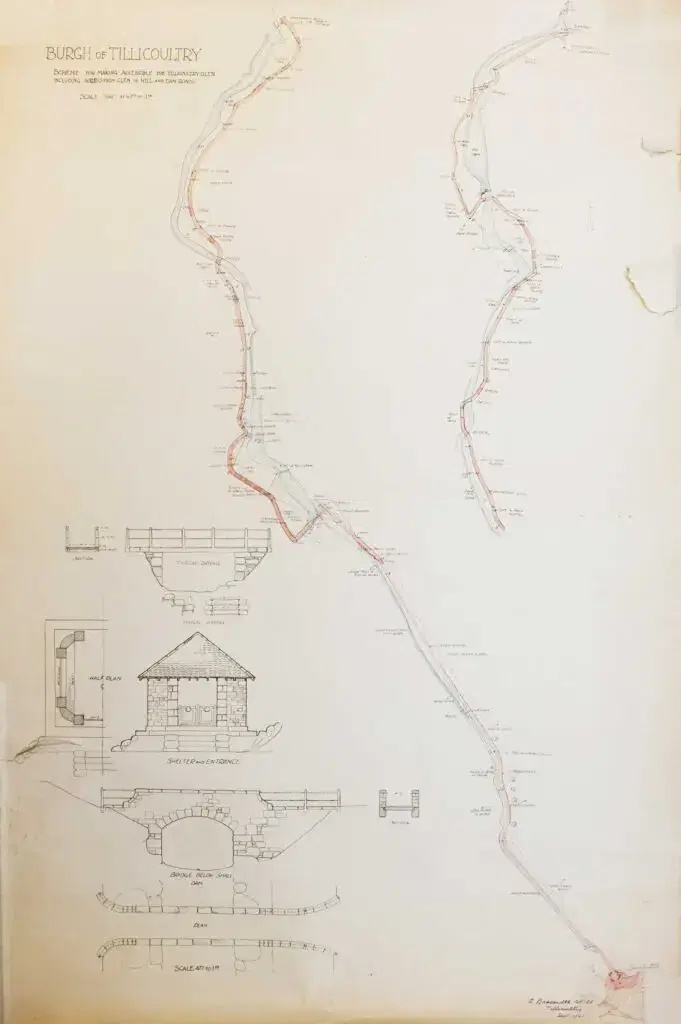
Our History
Tillicoultry Glen formally opened by Arthur Bracewell’s widow Mrs Janet Bracewell and commemorated by a plaque on the cairn at Glenfoot.
Tillicoultry Glen formally opened by Arthur Bracewell’s widow Mrs Janet Bracewell and commemorated by a plaque on the cairn at Glenfoot.
1957
Our History
Shillinghill Housing: Bill designs a series of white-rendered modernist homes on Shillinghill, Upper Mill Street, for Tillicoultry Burgh Council.
Shillinghill Housing: Bill designs a series of white-rendered modernist homes on Shillinghill, Upper Mill Street, for Tillicoultry Burgh Council.
1959
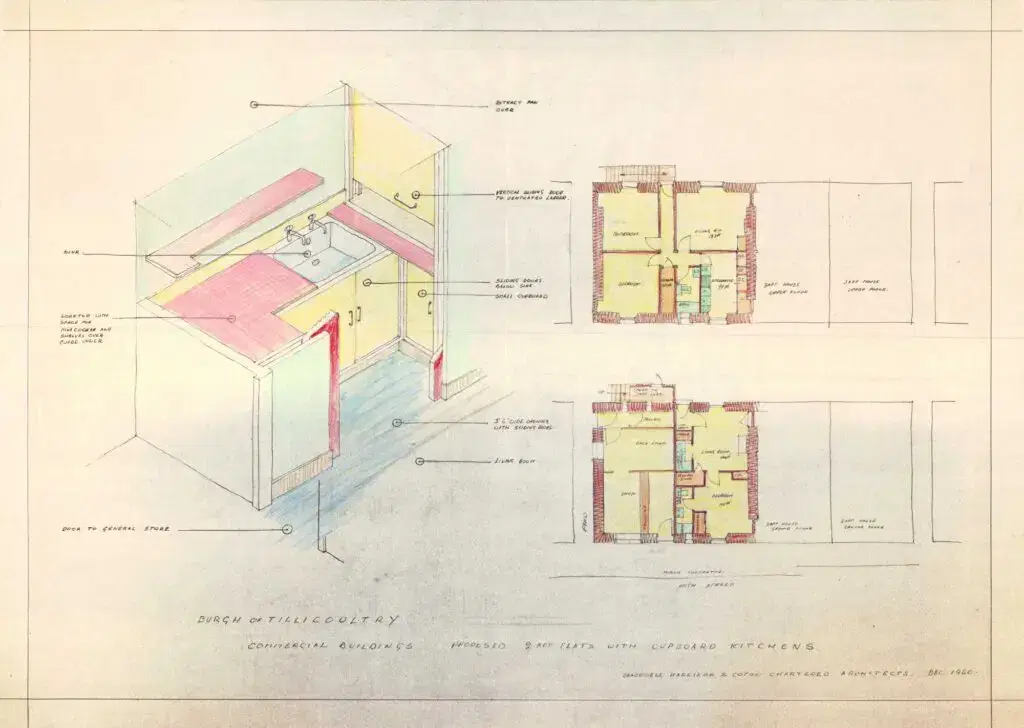
Our History
Partnership Expansion: The practice enters a new era as Bracewell, Harrison & Coton, reflecting the addition of partners John Harrison and Jim Coton alongside Arthur G. (“Bill”) Bracewell. This marked the shift away from a purely family-run practice toward a broader professional partnership.
Partnership Expansion: The practice enters a new era as Bracewell, Harrison & Coton, reflecting the addition of partners John Harrison and Jim Coton alongside Arthur G. (“Bill”) Bracewell. This marked the shift away from a purely family-run practice toward a broader professional partnership.
1967
Our History
Fir Park Housing, Alva:
Arthur G. Bracewell designs a distinctive row of sloped, single-storey council houses for elderly residents near Fir Park Academy. The stepped plan and simplified modern forms reflected post-war housing innovation while providing practical, accessible living environments.
Fir Park Housing, Alva:
Arthur G. Bracewell designs a distinctive row of sloped, single-storey council houses for elderly residents near Fir Park Academy. The stepped plan and simplified modern forms reflected post-war housing innovation while providing practical, accessible living environments.
1972
Our History
Engineering Partnership:
Structural engineer E.E. Sweeting briefly acts as a partner, bringing technical
expertise to the practice at a time when projects were becoming more complex.
Engineering Partnership:
Structural engineer E.E. Sweeting briefly acts as a partner, bringing technical
expertise to the practice at a time when projects were becoming more complex.
1974
Our History
Duncan C. Stirling
Becomes Partner: Duncan Stirling joins the practice as a partner in July 1974, marking a major transition. His arrival
signalled the beginning of a new era: the practice was no longer a family-
led business, but a broader partnership
building its own identity.
Duncan C. Stirling
Becomes Partner: Duncan Stirling joins the practice as a partner in July 1974, marking a major transition. His arrival
signalled the beginning of a new era: the practice was no longer a family-
led business, but a broader partnership
building its own identity.
1977
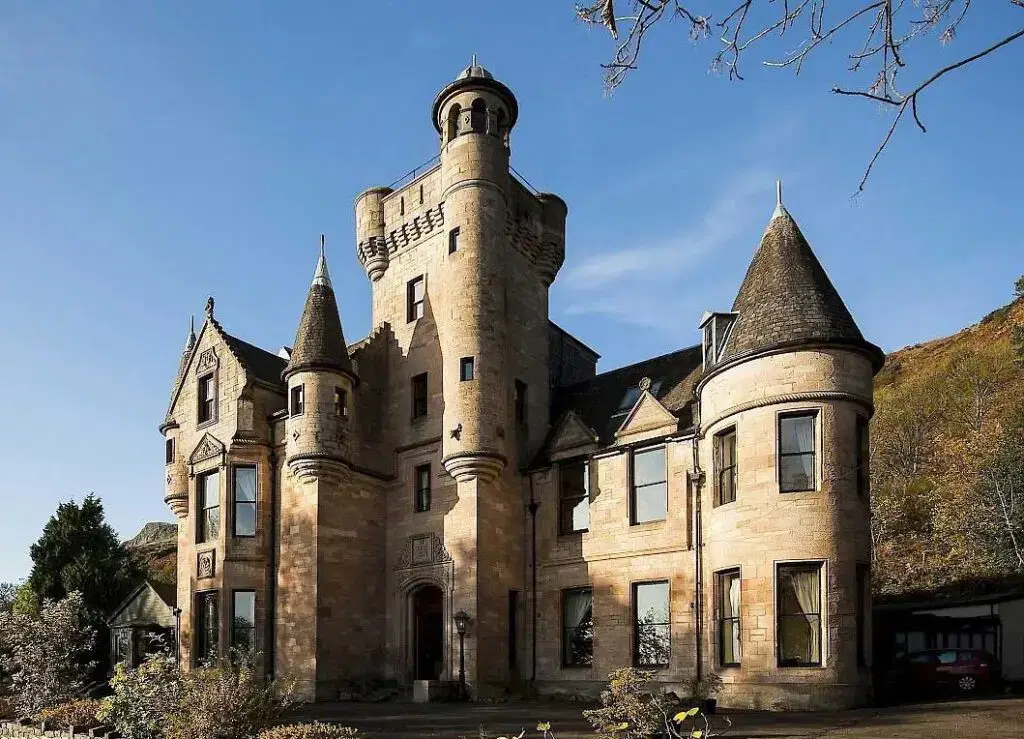
Our History
Broomhall Mansion
Conversion: The practice
undertakes the adaptive reuse of the fire-damaged 19th- century Broomhall
Mansion (previously Clifford Park School), beginning its conversion into a hotel. This reflected the firm’s growing involvement in large-scale conservation and reuse projects.
Broomhall Mansion
Conversion: The practice
undertakes the adaptive reuse of the fire-damaged 19th- century Broomhall
Mansion (previously Clifford Park School), beginning its conversion into a hotel. This reflected the firm’s growing involvement in large-scale conservation and reuse projects.
1978
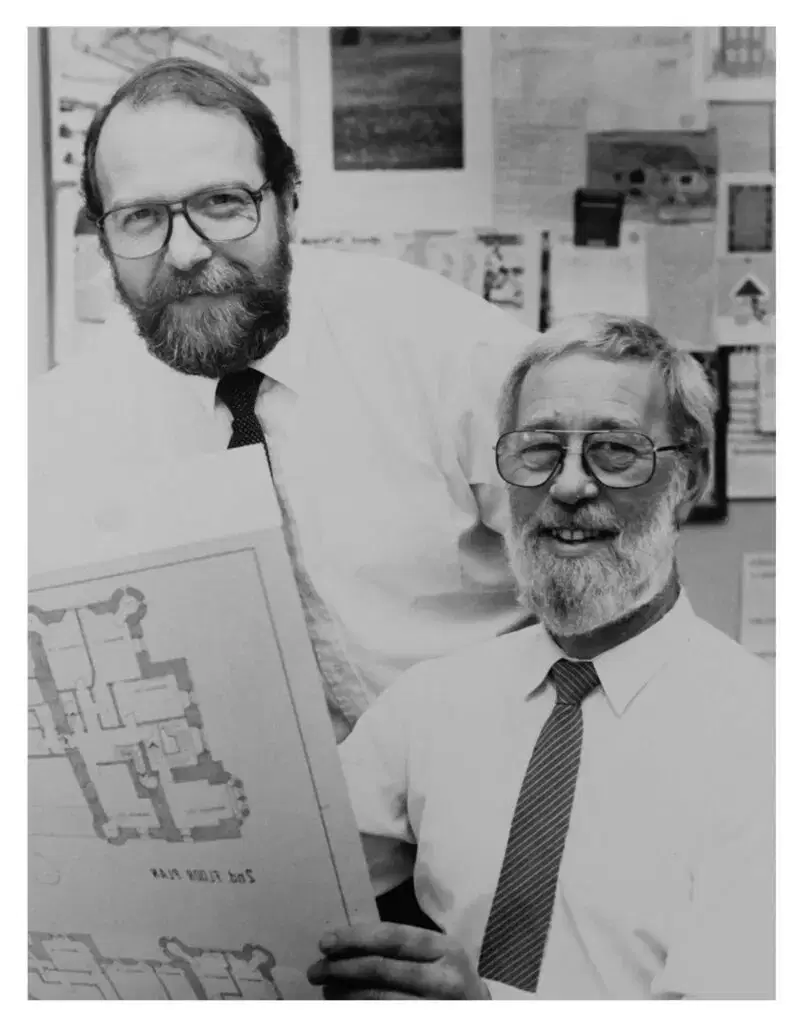
Our History
Allan D. Rennie Joins: Allan Rennie becomes a partner in 1978. He would go on to be a longstanding figure in the practice for several decades, contributing to housing, commercial, and
conservation projects.
Allan D. Rennie Joins: Allan Rennie becomes a partner in 1978. He would go on to be a longstanding figure in the practice for several decades, contributing to housing, commercial, and
conservation projects.
1979
Our History
Name Change: With the retirement of Harrison and Coton, the firm is formally
renamed the Bracewell Stirling Partnership, reflecting the leadership of Duncan Stirling and Arthur G. (“Bill”) Bracewell. This new identity positioned the firm as a modern Scottish
architectural partnership with both family legacy and new blood at the helm.
Name Change: With the retirement of Harrison and Coton, the firm is formally
renamed the Bracewell Stirling Partnership, reflecting the leadership of Duncan Stirling and Arthur G. (“Bill”) Bracewell. This new identity positioned the firm as a modern Scottish
architectural partnership with both family legacy and new blood at the helm.
1982
Our History
Sam Sweeney joins the practice. His design contributions and leadership potential are quickly recognised, and
he would later be promoted to Partner in 1991.
Sam Sweeney joins the practice. His design contributions and leadership potential are quickly recognised, and
he would later be promoted to Partner in 1991.
1984
Our History
Retirement of A.G. Bracewell: Arthur Geoffrey (“Bill”) Bracewell, son of the founder, retires from the practice after more than 30 years of leadership. His departure marked the end of active Bracewell family involvement in the day-to-day running of the firm.
Retirement of A.G. Bracewell: Arthur Geoffrey (“Bill”) Bracewell, son of the founder, retires from the practice after more than 30 years of leadership. His departure marked the end of active Bracewell family involvement in the day-to-day running of the firm.
1989
Our History
Stephen Blennerhassett joins the practice in the late 1980s, bringing new design energy. He would become a Partner a decade later, in 1999.
Stephen Blennerhassett joins the practice in the late 1980s, bringing new design energy. He would become a Partner a decade later, in 1999.
1991

Our History
The practice is formally renamed Bracewell Stirling Architects, reflecting its modernised identity after the Bracewell family era. At the same time, Sam Sweeney is promoted to Partner, having joined in the 1980s.
The practice is formally renamed Bracewell Stirling Architects, reflecting its modernised identity after the Bracewell family era. At the same time, Sam Sweeney is promoted to Partner, having joined in the 1980s.
1991
Our History
David Keith joins the practice in 1991. Over the following decades he becomes a central figure in the firm’s growth.
David Keith joins the practice in 1991. Over the following decades he becomes a central figure in the firm’s growth.
1996
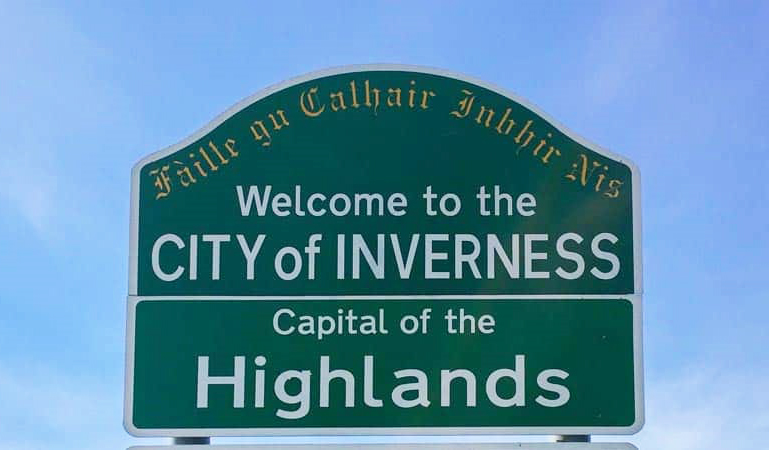
Our History
To serve increasing demand in the Highlands, Bracewell Stirling opens
an Inverness office. This expansion reflected the firm’s strategy of operating regionally across Scotland.
To serve increasing demand in the Highlands, Bracewell Stirling opens
an Inverness office. This expansion reflected the firm’s strategy of operating regionally across Scotland.
1998
Our History
Housing and Community Projects: This decade was a period of major output, with extensive housing schemes for councils, housing associations, and private developers completed across Central Scotland and the Highlands.
Housing and Community Projects: This decade was a period of major output, with extensive housing schemes for councils, housing associations, and private developers completed across Central Scotland and the Highlands.
1999
Our History
Stephen Blennerhassett and David Keith are both promoted to Partner in 1999. This appointment solidified a new leadership team for the 2000s, alongside Duncan Stirling, Allan Rennie, and Sam Sweeney.
Stephen Blennerhassett and David Keith are both promoted to Partner in 1999. This appointment solidified a new leadership team for the 2000s, alongside Duncan Stirling, Allan Rennie, and Sam Sweeney.
2000
Our History
Amanda MacRitchie joins the practice on 1 August 2000. She becomes a Partner on 1 July 2006, strengthening the leadership team for the next generation.
Amanda MacRitchie joins the practice on 1 August 2000. She becomes a Partner on 1 July 2006, strengthening the leadership team for the next generation.
2004
Our History
Bracewell Stirling significantly broadens its geographic reach and portfolio, delivering large-scale housing developments, as well as commercial and community projects including retail parks, hotels, and leisure centres. The practice built strong partnerships with national housebuilders and housing associations, cementing its reputation as a major player in Scottish residential and mixed-use design.
Bracewell Stirling significantly broadens its geographic reach and portfolio, delivering large-scale housing developments, as well as commercial and community projects including retail parks, hotels, and leisure centres. The practice built strong partnerships with national housebuilders and housing associations, cementing its reputation as a major player in Scottish residential and mixed-use design.
2005
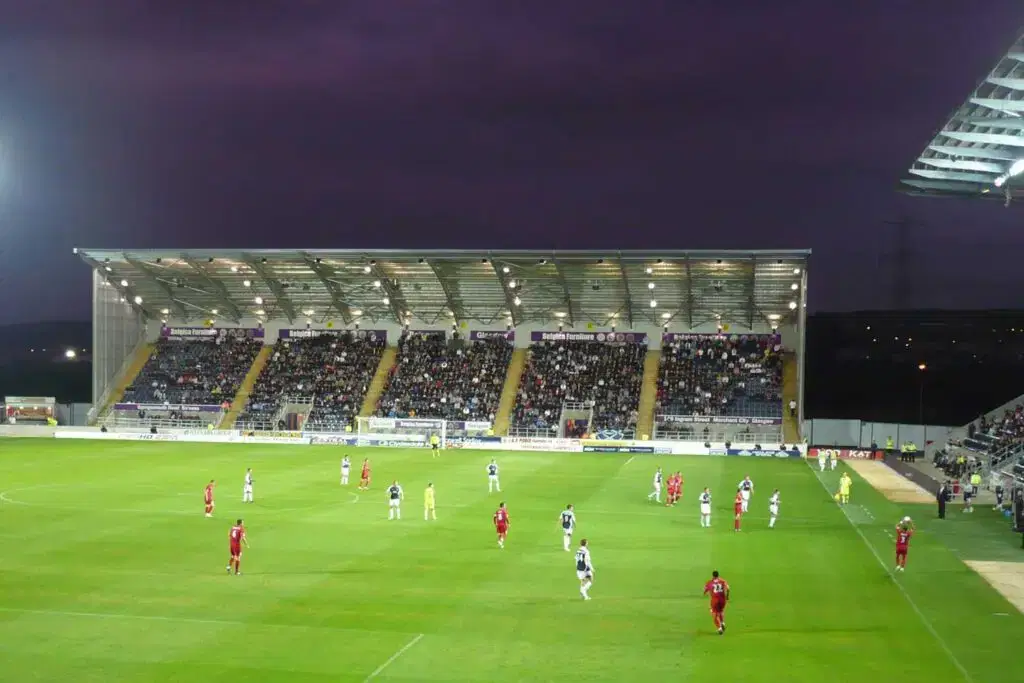
Our History
A major commission saw Bracewell Stirling design the South Stand at Falkirk Stadium, a high-profile sports project that enhanced the club’s facilities and reinforced the firm’s ability to handle complex, multi-million-pound projects.
A major commission saw Bracewell Stirling design the South Stand at Falkirk Stadium, a high-profile sports project that enhanced the club’s facilities and reinforced the firm’s ability to handle complex, multi-million-pound projects.
2009

Our History
Reflecting its expanded consultancy services in Planning & Masterplanning the firm changes its name to Bracewell Stirling Consulting. This repositioning highlights its evolution from a traditional architectural practice to a multi-disciplinary consultancy.
Reflecting its expanded consultancy services in Planning & Masterplanning the firm changes its name to Bracewell Stirling Consulting. This repositioning highlights its evolution from a traditional architectural practice to a multi-disciplinary consultancy.
2017
Our History
The firm established a new office in Oban, extending its presence to the west coast.
The firm established a new office in Oban, extending its presence to the west coast.
2019

Our History
Approved Energy Certifiers and Passivhaus Designers.
Approved Energy Certifiers and Passivhaus Designers.
2024

Our History
Joined the GEG Capital Group.
Joined the GEG Capital Group.
2025
Our History
Bracewell celebrates its 100th anniversary with a rebrand and a relocation to Stirling of the Tillicoultry office, ending 70 years at 38 Walker Terrace.
Bracewell celebrates its 100th anniversary with a rebrand and a relocation to Stirling of the Tillicoultry office, ending 70 years at 38 Walker Terrace.